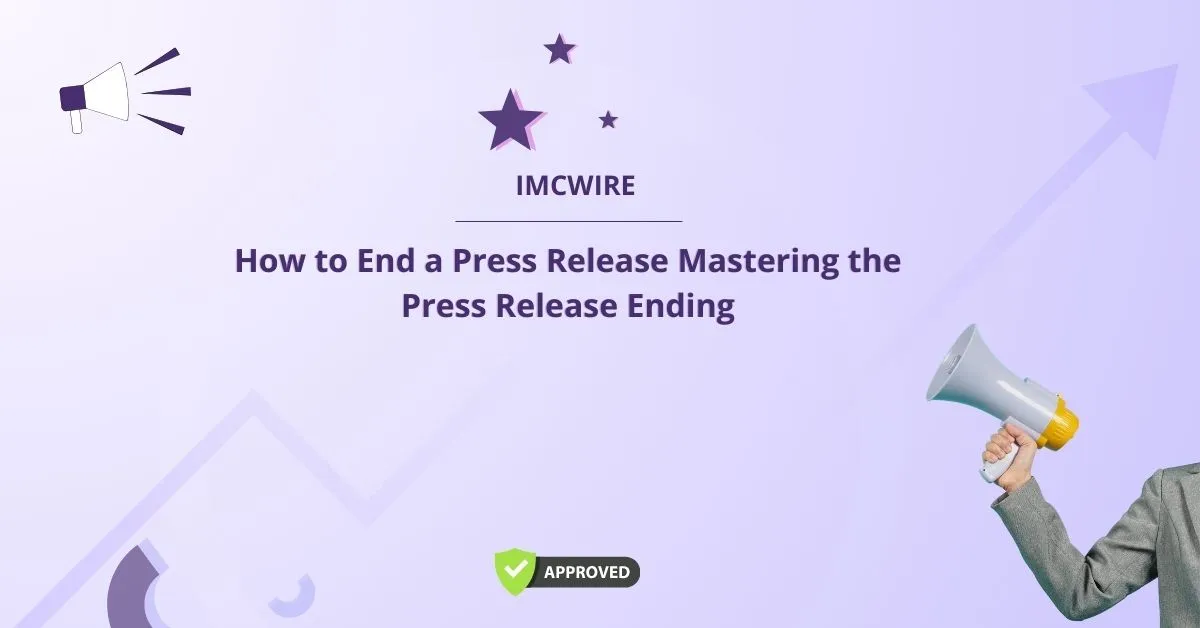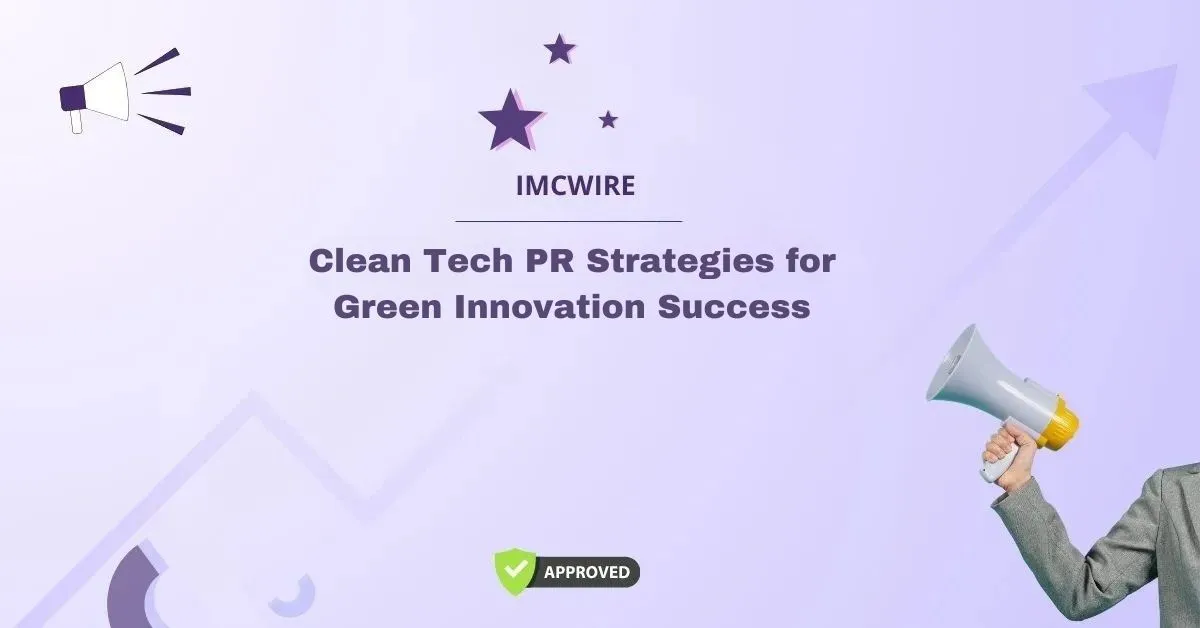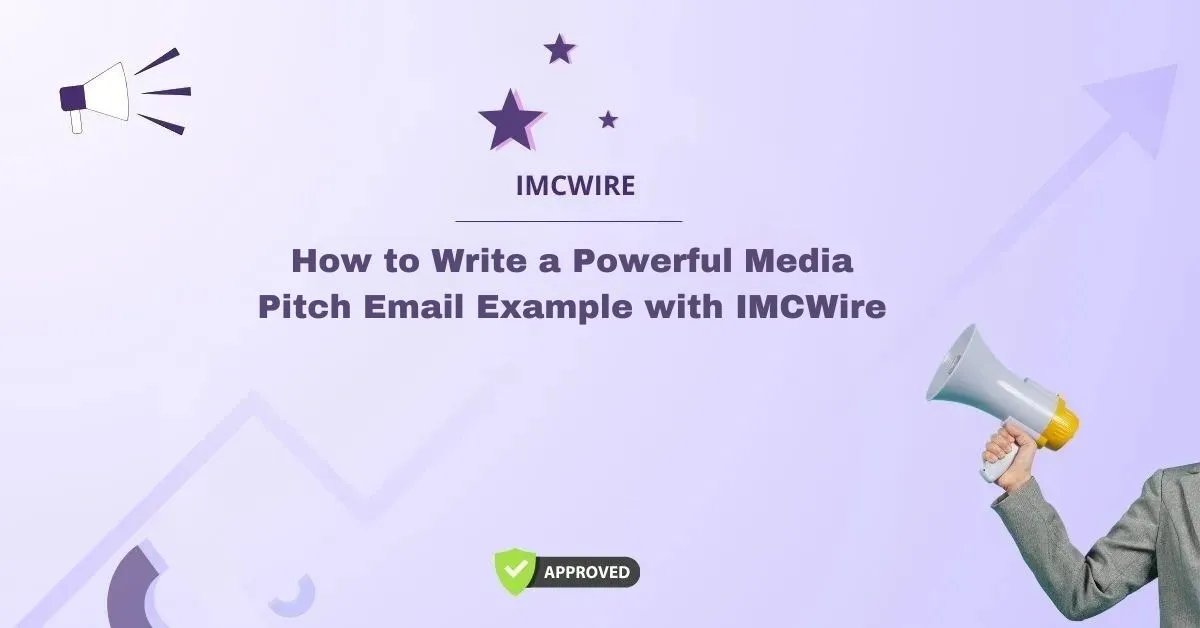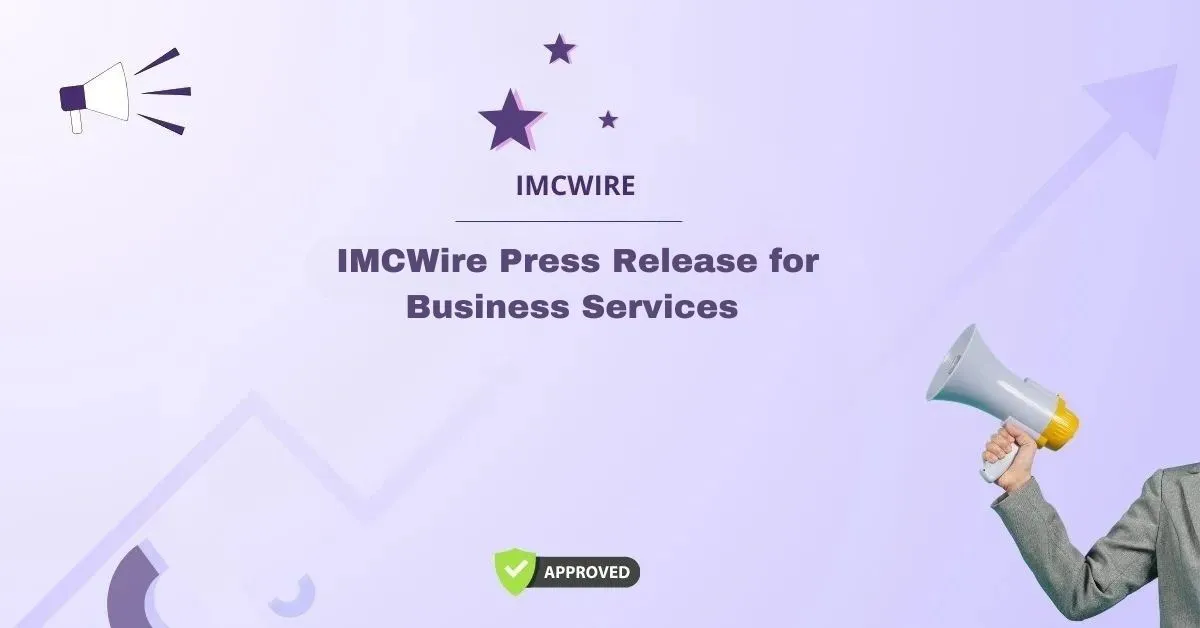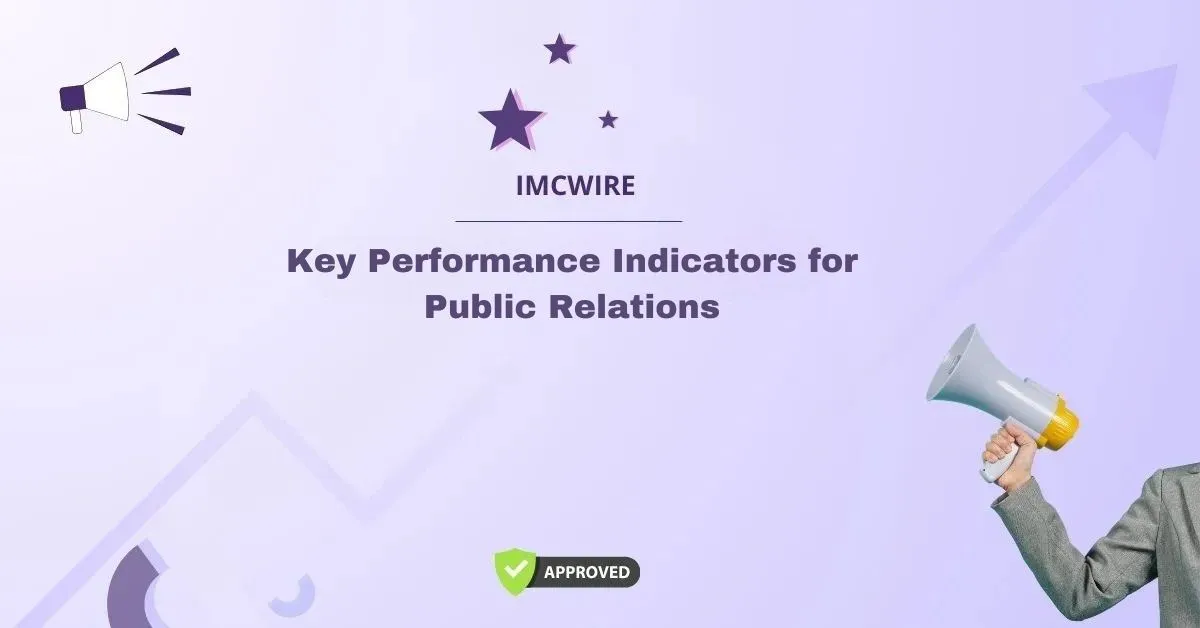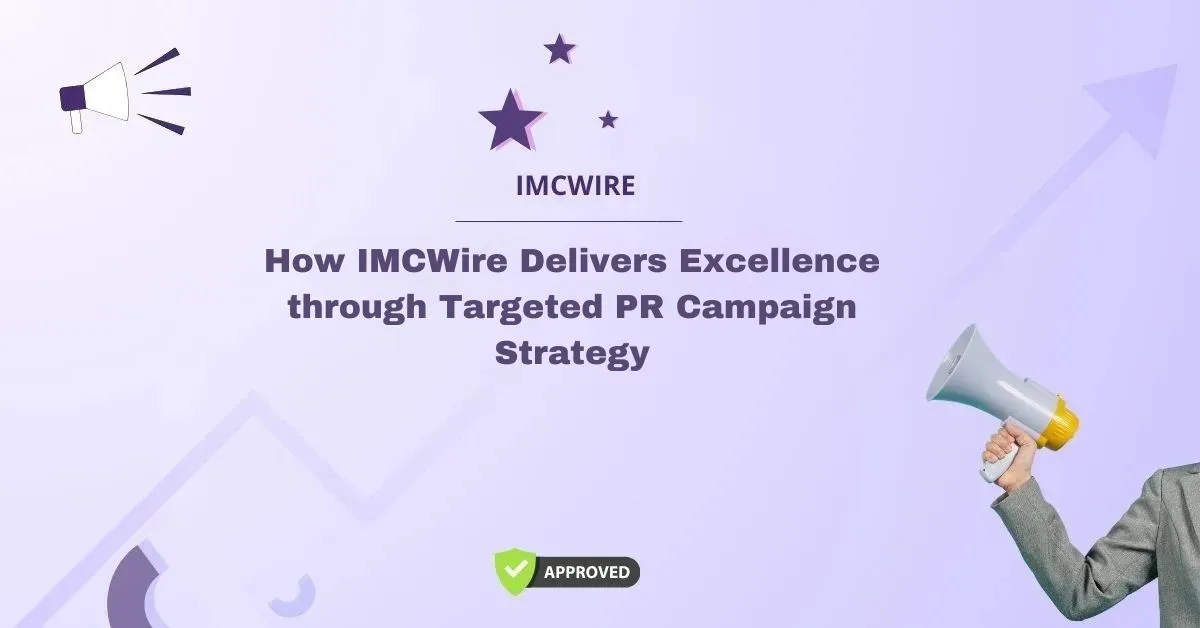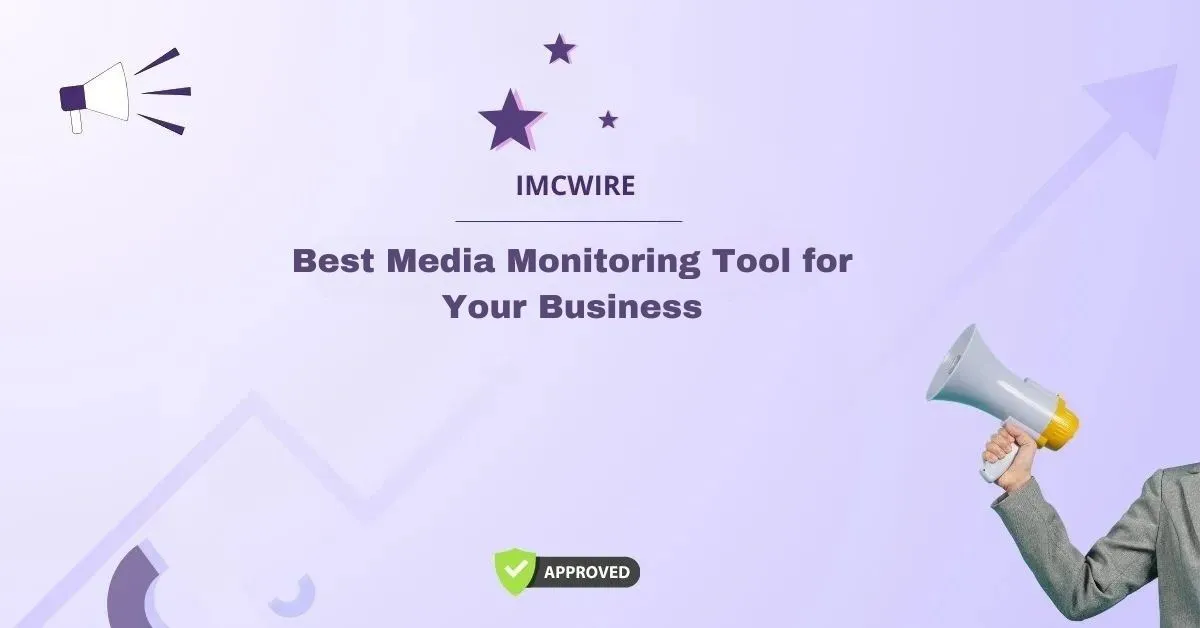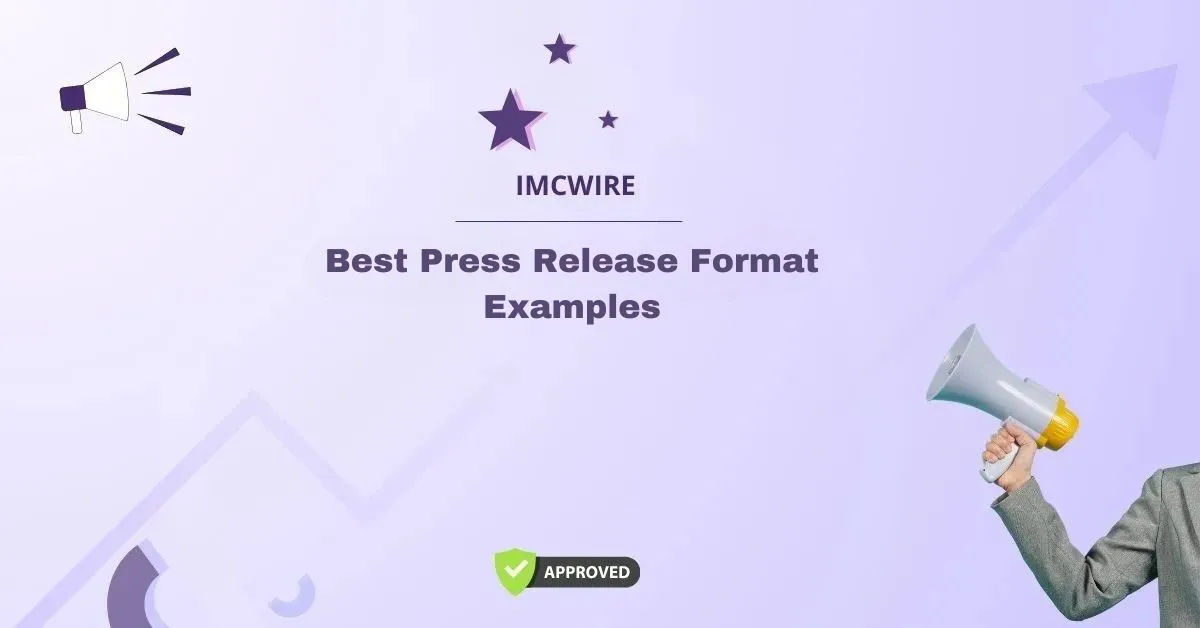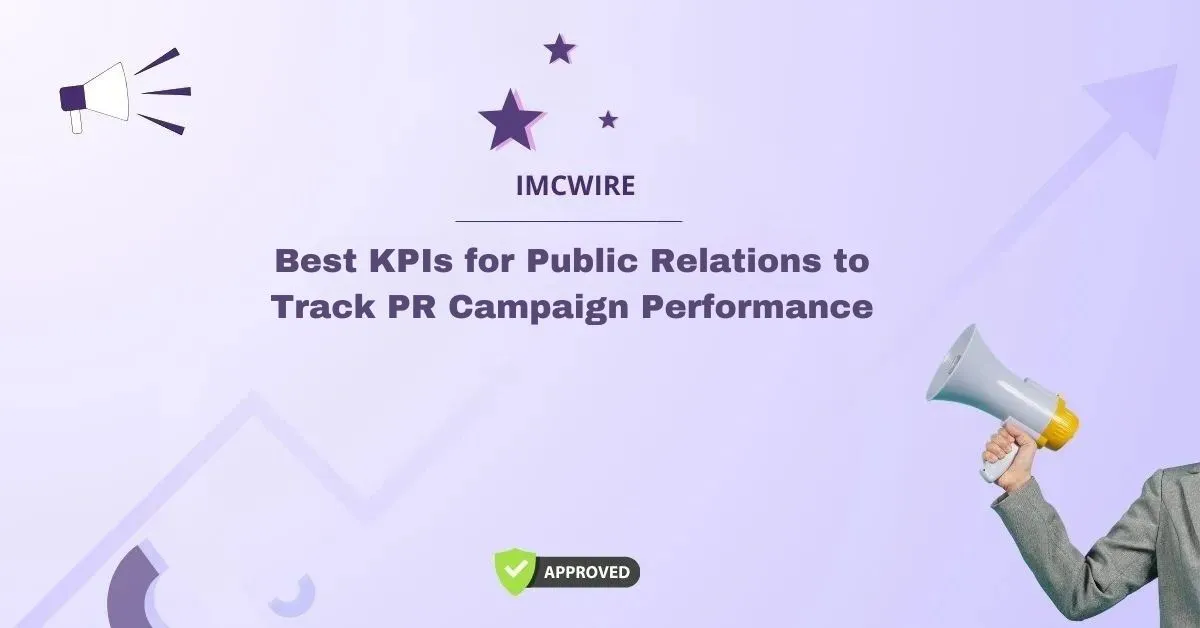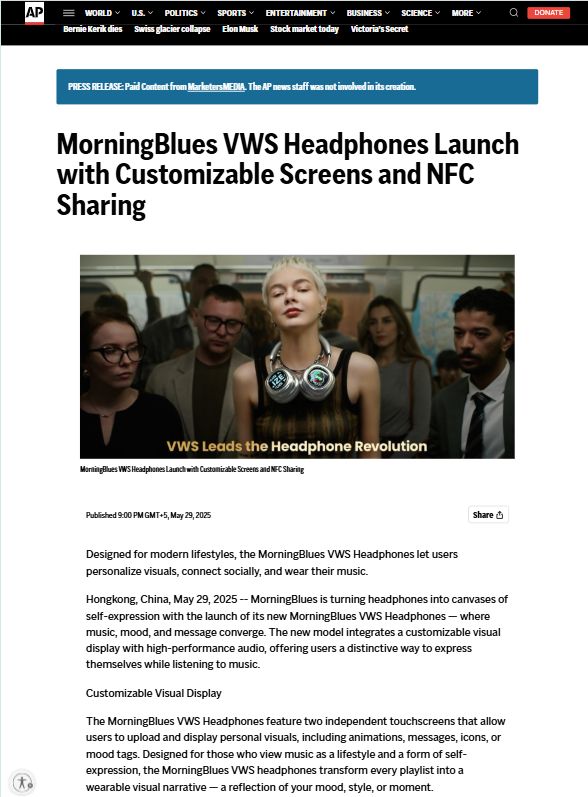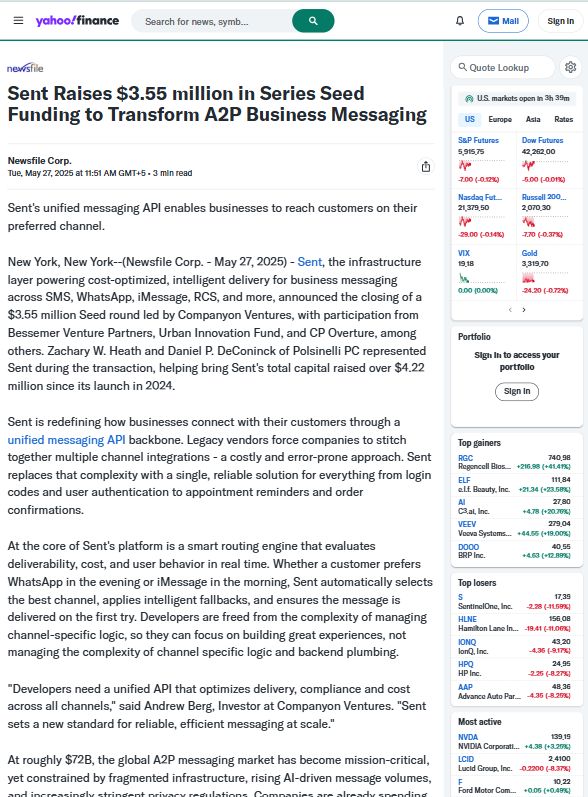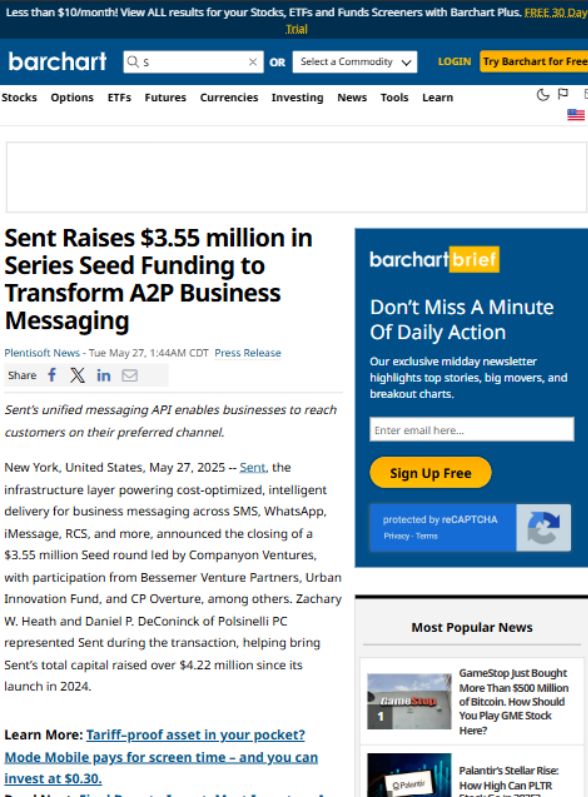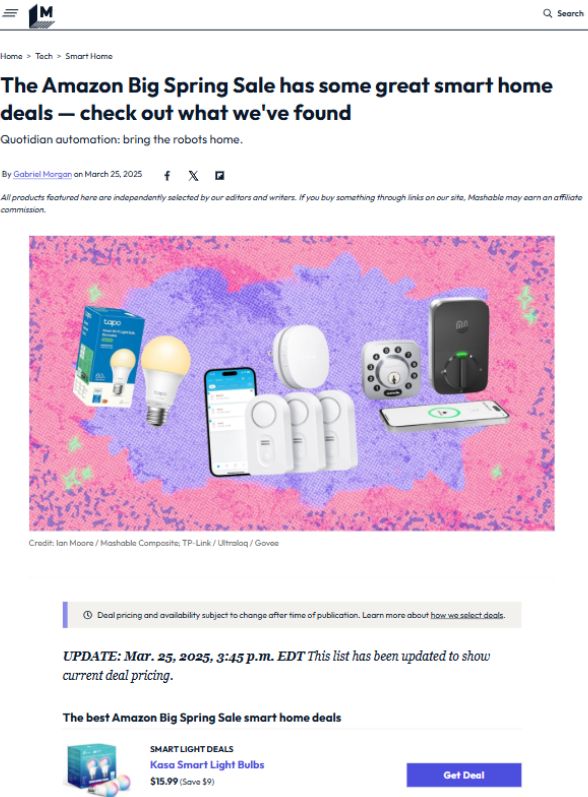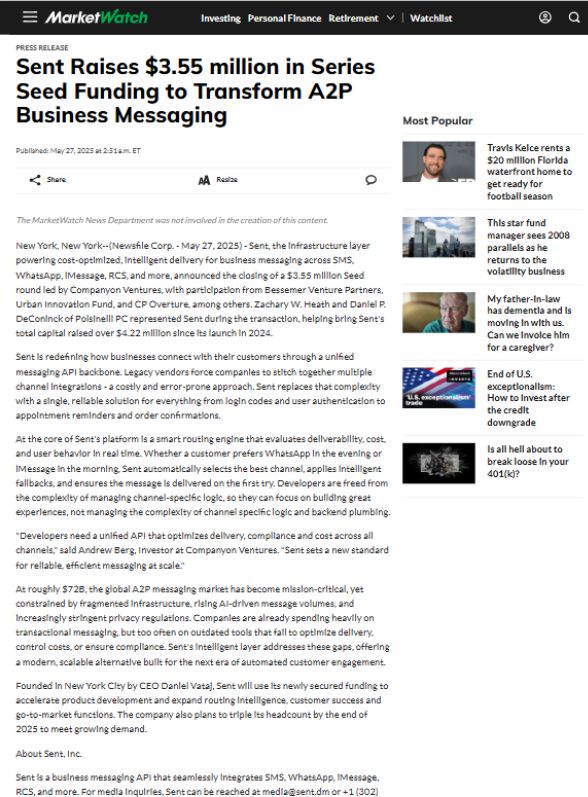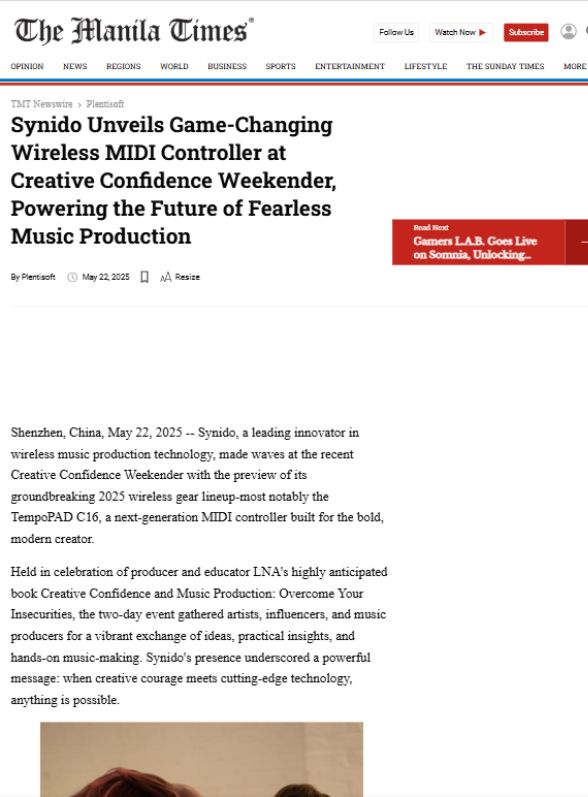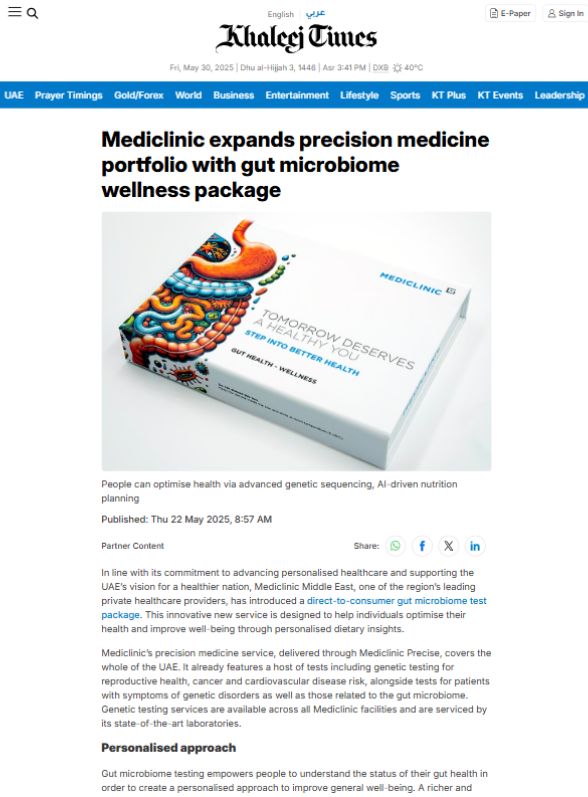A press release serves as an official statement delivered to members of the media for providing information, making announcements, or clarifying organizational perspectives.
While the headline, body content, and introduction garner attention, knowing precisely how to end a press release significantly impacts its effectiveness. In this blog, we explore the art of concluding press releases professionally and effectively.
Table of Contents
Understanding the Importance of a Press Release Ending
The conclusion of your press release acts like the punctuation at the end of a sentence—it neatly wraps up your narrative and clearly indicates where the message stops. Journalists and media outlets handle numerous press releases daily; thus, a well-structured ending ensures clarity, professionalism, and increases the likelihood of your content being used.
Why Does a Professional Ending Matter?
A professional ending clarifies the purpose and directs the reader towards the intended action. Whether you aim to drive traffic to your website, encourage attendance at an event, or inform the public about company changes, a strong conclusion emphasizes these intentions clearly and succinctly.
How to End a Press Release: Essential Elements
The closing of a press release should include specific components to achieve maximum impact and clarity. Typically, your ending should have:
- Boilerplate Information: This provides essential context about your company, including its mission, foundation date, industry standing, and key products or services.
- Contact Information: Clearly state the contact details of the person journalists can reach out to for further information or interviews.
- End of Press Release Symbol: The universally accepted symbols indicating the end of a press release are “###” or “-30-“. Using this symbol ensures journalists recognize the exact conclusion of your press release.
Boilerplate: Essential for a Clear Press Release Ending
The boilerplate is a succinct paragraph offering background information about your organization. Keep it brief yet comprehensive—about 100 words or less—and consistently use it across all press releases. For example:
About IMCWire: IMCWire is a global leader in media communications, providing innovative PR and marketing solutions since 2005. With offices across major cities, IMCWire empowers businesses through effective media strategies, targeted communications, and compelling storytelling.
Contact Information: Facilitating Media Engagement
At the conclusion of your press release, always include clear, concise contact details. Journalists often work under tight deadlines, so easy access to your media representative’s details significantly improves the chances of coverage. Your contact section might look like this:
Media Contact:
Jane Doe, PR Manager
IMCWire
Phone: (123) 456-7890
Email: [email protected]
End of Press Release Symbol
The end of press release symbol signals journalists that the document is complete. Historically, the symbol “-30-” was traditionally used by telegraphers to indicate the end of a message. Today, both “###” and “-30-” are widely recognized and accepted.
Practical Tips: How Do You End a Press Release Effectively?
1. Reinforce Your Key Message
The ending should briefly reiterate your main point or call-to-action, ensuring your message resonates strongly with your readers.
2. Provide Clear Next Steps
Always guide the reader towards the next step, whether it’s visiting your website, attending an event, or contacting a representative for additional details.
3. Maintain Consistency
Ensure your ending aligns perfectly with the rest of the press release. Consistency maintains professionalism and reinforces credibility.
Common Mistakes to Avoid When Ending a Press Release
- Ambiguous Endings: Avoid vague or unclear endings that leave journalists guessing. Clearly signal the end of your document.
- Overloaded Information: Avoid overwhelming the closing paragraphs with unnecessary details. Keep it concise, relevant, and impactful.
Additional Insights: Related FAQs
How to End a News Report or Article
Ending a news report or article differs slightly from a press release. Typically, a news article concludes with a summarizing statement, reiterating the most critical information without introducing new ideas. It might also direct readers to additional resources or ongoing updates.
Differences in Ending a Press Release Versus a News Article
- Press Release: Ends with boilerplate, contact information, and a clear symbol indicating the conclusion.
- News Article: Ends with a summarizing remark, offering closure or encouraging readers to follow the ongoing developments of the topic.
SEO and Your Press Release Ending
Optimizing your press release ending with targeted keywords like “how to end a press release,” “press release ending,” and “end of press release symbol” ensures higher visibility online. Strategically include these terms naturally within your closing paragraphs, improving your press release’s discoverability in search engines.
Example:
“By understanding how to end a press release correctly, you significantly increase your content’s professional appearance and effectiveness. Remember to use the universally recognized end of press release symbol (###), reinforcing clarity for journalists and media outlets.”
Checklist: The Closing of a Press Release Should Include Which of the Following?
- A brief summary or reiteration of key messages
- Clear call-to-action or next steps
- Boilerplate about your company
- Contact information for media inquiries
- Recognized end of press release symbol (### or -30-)
Final Thoughts: Perfecting the Art of Press Release Endings
Knowing precisely how to end a press release isn’t just about closing your content effectively; it sets the stage for how your message is perceived and acted upon by media professionals. Keep your ending clear, informative, and aligned with professional standards to ensure maximum impact and engagement.
With these guidelines, you’re ready to deliver press releases that don’t just start strong but finish impressively as well.
For additional insights and expert advice on press releases, media relations, and strategic communication, visit IMCWire’s official website or reach out directly to our professional communications team.
Media Contact:
Jane Doe, PR Manager
IMCWire
Phone: (123) 456-7890
Email: [email protected]

